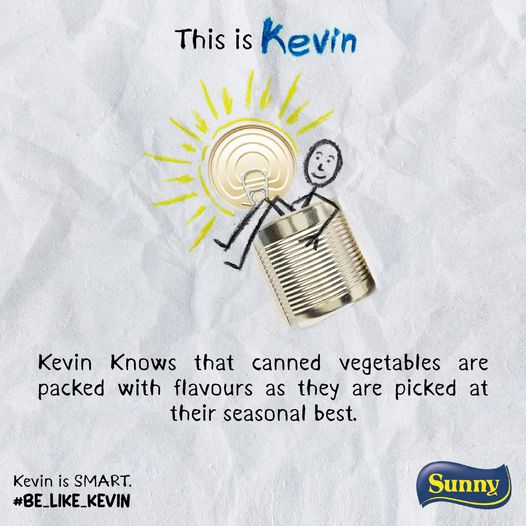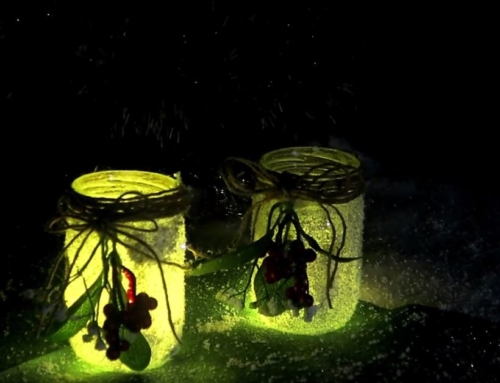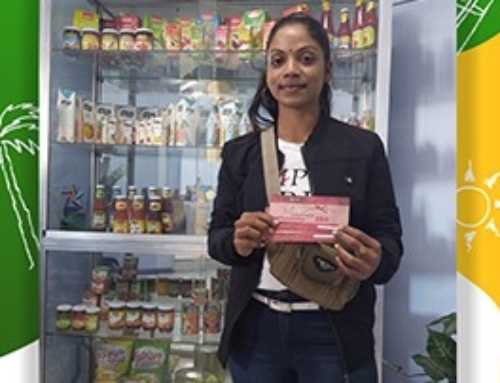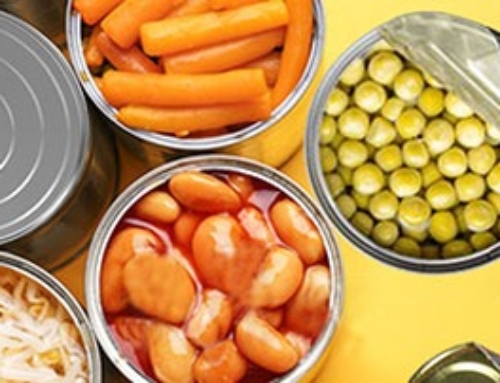 Today, let’s look at the processes of canned foods;
Today, let’s look at the processes of canned foods;
Step 1-
Processing: Fruits and vegetables are washed and often peeled, cut, chopped or pitted before canning. Certain varieties of fruits and vegetables may be blanched beforehand. For example; Dried beans are hydrated and blanched. Once the food is prepared, the cans are filled with brine; namely made of salt & water to help with the preservation and freshness of the produce.
Step 2-
Sealing: Once processed, the food is added into the brine.
Step 3:
Heating: Once the can is sealed, it is quickly heated to a precise temperature for a specified amount of time to kill harmful bacteria and prevent spoilage. And then, quickly left to cool.
Furthermore, the list of advantages for canned foods goes on; here are some:
- Most canned fruits and vegetables contain the same amount of nutrients as fresh and frozen produce.
- Canned fruits and vegetables have a longer shelf life, are ready to eat and easy to use when preparing meals. A perfect product for those with a busy lifestyle.
- Canned fruits and vegetables are safe. The canning process uses high levels of heat to preserve the food which prevents the growth of pathogens.































